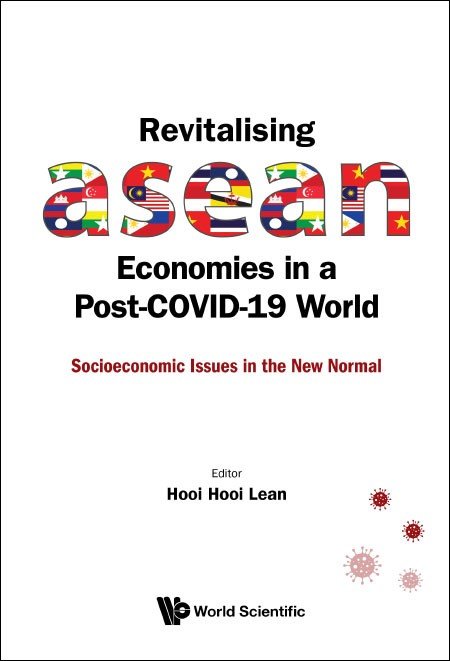System Upgrade on Tue, May 28th, 2024 at 2am (EDT)
Existing users will be able to log into the site and access content. However, E-commerce and registration of new users may not be available for up to 12 hours.For online purchase, please visit us again. Contact us at customercare@wspc.com for any enquiries.
The novel coronavirus (COVID-19) pandemic was reported in China in December 2019, and later spread to other parts of the world. Countries in Southeast Asia were some of the first nations affected by the pandemic due to their geographical proximities and trade relations with China. In January 2020, the virus spread to some countries within the Association of Southeast Asian Nations (ASEAN). The number of confirmed cases kept increasing within ASEAN and other countries of the world. Consequently, countries in ASEAN introduced preventive and containment measures to cope with the pandemic, which include quarantines, lockdowns, restrictions of movements and large gatherings, as well as school and business closures.
Beyond the efforts of preventing and containing the spread of the virus, ASEAN's most significant challenges are the social and economic crisis of historic proportions that are beginning to unfold. COVID-19 pandemic has brought interruptions in all sectors of ASEAN economies. It is, therefore, imperative to assess the extent to which the pandemic has impacted the social and economic aspects of the region. This book intends to highlight the social and economic impacts of the COVID-19 pandemic in ASEAN and suggest ways on how to mitigate them. It covers how the shocks from COVID-19 have impacted production, supply chains, demand, commodity prices, consumer behaviour, financial markets, employment, services, transportation and community, and the various policies that ASEAN authorities should put in place to mitigate the effects of the pandemic.
Sample Chapter(s)
Preface: Challenges and Opportunities of Rebuilding a Cultural China
Chapter 1: Impact of COVID-19 on Brunei Darussalam Economy
Contents:
- About the Editor
- Preface
- Impact of COVID-19 on Brunei Darussalam Economy (Gamini Premaratne, Aishath Shahudha Abdulla, and Farah Amer Hishamuddin)
- Cambodia's Response to COVID-19 and its Socioeconomic Dimensions (Júlia Garcia Puig)
- COVID-19 and the Economy: How Indonesia Responded (Aris Ananta, Windhiarso Ponco Adi Putranto, and Ahmad Irsan A Moeis)
- The Impact of the COVID-19 Pandemic on Malaysia's Economy (Dzul Hadzwan Husaini and Hooi Hooi Lean)
- COVID-19 Pandemic and the Malaysian Tourism (Tze-Haw Chan and Jin Hooi Chan)
- Financial Stress of Singapore in the Time of COVID-19 (Sook-Rei Tan, Wei-Siang Wang, and Wai-Mun Chia)
- Impacts of COVID-19 Pandemic on Thai Fruit: A Case Study of Longan Supply Chain (Roengchai Tansuchat, Tanachai Pankasemsuk, and Chanita Panmanee)
- COVID-19 in Vietnam: Perception of Urban Workers and Compliance with the National Social Distancing Policies (Thanh-Long Giang, Tham Hong-Thi Pham, Thi-Thu Do, and Manh-Phong Phi)
- Successful Social Distancing to Contain COVID-19: Mapping the Readiness of the Vietnamese Households (Thanh-Long Giang)
- Index
Readership: Academic, researchers, postgraduate students, undergraduate students, industry and government agencies interested in Asian economies and its development and international relations.





